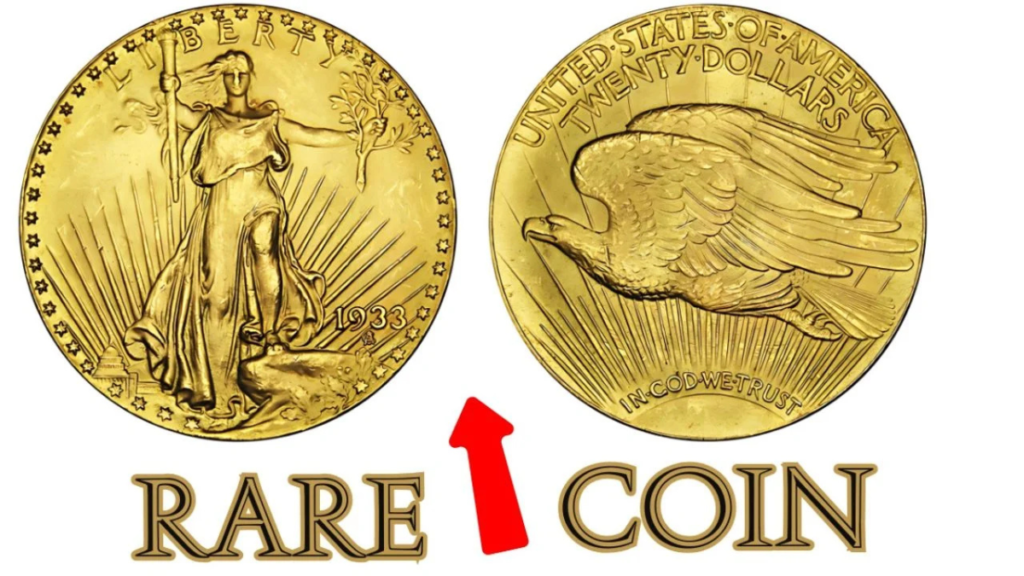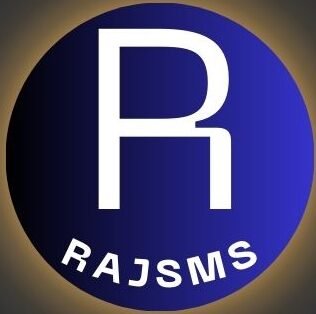Collecting coins is more than a hobby; it’s an engaging way to learn about history, artistry, and the development of currency as a form of trade. While you may not give it a second thought during your daily transactions, some quarters that circulate today are ultimately worth hundreds of thousands, or even millions, of dollars, like the famous 1976 Bicentennial Quarter,
which was the quarter minted to recognize the 200th anniversary of the United States. Although there are many common Bicentennial quarters, rare ones do exist—one silver-struck quarter recently sold for almost $3 million—and these are the coins that coin collectors prize.
Next to the famous Bicentennial quarter, there are others, such as the 1932-D Washington quarter, the 1870-CC Liberty Seated quarter, the 1901-S Barber quarter, and the 1823/2 Capped Bust quarter, that have sold over $300,000 at auction for the same reasons: rareness, quality, and importance.
Let’s delve deeper into these extraordinary coins and explore what makes them so valuable.
1. The 1976 Bicentennial Quarter – A Rare $3 Million Treasure
In order to mark the 200th anniversary of the United States in 1776, the Bicentennial Quarter was minted in 1975 and 1976. The quarter contains some unique features that make it an appealing coin for numismatists.. Unlike standard quarter designs, which feature a bald eagle on the reverse, the Bicentennial Quarter features a colonial drummer. Also, the obverse or “heads” side of the coin includes the dual date notation of “1776–1976.”
Why Is It So Valuable?
Although the U.S. Mint fabricated millions of Bicentennial quarters, most of them were made of copper-nickel clad. Some rare variants were erroneously struck on 40% silver planchets, however, these were intended for collector proof sets. A single variant recently sold for almost $3M in immaculate condition, resulting in it becoming one of the most valuable quarter coins ever.
What to Look For
To determine whether you have a valuable Bicentennial Quarter, check for the following:
- Edge: A solid silver edge without the visible copper core seen in standard clad quarters.
- Weight: Silver quarters are slightly heavier than their copper-nickel counterparts.
- If you suspect you own one, professional authentication and grading are essential.
2. 1932-D Washington Quarter – A $300,000 First-Year Rarity

The 1932-D Washington Quarter was part of the first series commemorating George Washington’s 200th birthday. With a limited mintage of just 436,800 coins from the Denver Mint, it remains one of the scarcest and most valuable Washington quarters.
Why Is It So Valuable?
- Its low mintage makes it difficult to find in high grades.
- As part of the inaugural Washington quarter series, collectors cherish its historical importance.
- Uncirculated examples have sold for over $300,000 due to their rarity and pristine condition.
What to Look For
To identify a 1932-D Washington Quarter, check the reverse for the “D” mint mark beneath the eagle’s tail. While circulated versions still hold value, mint-condition coins are the most sought after.
3. 1870-CC Liberty Seated Quarter – The Carson City Rarity
The Liberty Seated Quarter that was minted at Carson City in 1870-CC is certainly one of the rarest dates of the Liberty Seated series. With a mintage of only 8,340, very few have survived, and it is highly sought after by collectors.
Why Is It So Valuable?
- Carson City (CC) coins are historically significant and rare.
- Only a handful of high-grade examples exist today, making them incredibly scarce.
- Well-preserved coins have surpassed $300,000 at auction.
What to Look For
Examine the reverse for the “CC” mint mark below the eagle. Be cautious—due to its high value, counterfeits exist. Always seek professional authentication.
4. 1901-S Barber Quarter – The Holy Grail of the Barber Series
The 1901-S Barber Quarter, minted in San Francisco, is one of the rarest and most sought-after coins in the Barber quarter series. With a mintage of just 72,664, it is exceedingly difficult to find, especially in high grades.
Why Is It So Valuable?
- Most were heavily circulated, leaving few in excellent condition.
- A well-preserved near-mint example can sell for over $300,000.
- It’s one of the most elusive quarters, making it a “Holy Grail” for collectors.
What to Look For
The “S” mint mark on the reverse below the eagle signifies its San Francisco origin.
Even worn examples fetch substantial prices, but mint-state versions are exceptionally rare.
5. 1823/2 Capped Bust Quarter – A Rare Overdate Error Worth Over $300,000
The 1823/2 Capped Bust Quarter can be recognized for its overdate error where the digit “3” is struck over the digit “2” from the reuse of an 1822 die. The distinctiveness of this error has rendered it an exceptionally collectible quarter.
Why Is It So Valuable?
- Minting errors make coins highly collectible, and this overdate is especially significant.
- Fewer than 30 examples are known to exist today.
- A well-preserved high-grade coin can exceed $300,000 at auction.
What to Look For
- Examine the date closely to spot the underlying “2” beneath the “3.”
- Coins with minimal wear are the most valuable.
What Makes These Quarters So Valuable?
Key Factors That Drive Their Worth
| Factor | Description |
|---|---|
| Rarity | Coins with low mintage numbers, like the 1932-D Washington Quarter and the 1870-CC Liberty Seated Quarter, are extremely rare. |
| Historical Significance | Coins that mark milestones, like the Bicentennial Quarter, or feature minting errors, like the 1823/2 Capped Bust Quarter, hold added value. |
| Unique Features | Error coins, silver planchets, and overdates make certain coins stand out. |
| Condition | Coins in mint-state condition are exponentially more valuable than circulated examples. |
Final Thoughts: More Than Just Pocket Change
Rare quarters are more than simply valuable collectibles, they are actual pieces of history, artistry and craftsmanship. The Bicentennial Quarter is a symbol of a nation’s pride and independence, while coins such as the 1932-D Washington Quarter and the 1870-CC Liberty Seated Quarter call to mind the trials and artistry that represent the early era of coinage in America.
No matter if you are seasoned or new to coin collecting, you should always keep in the lookout for these hidden treasures. You never know, around the next turn could be a rare quarter or two in your pocket!
FAQs
1. Why is the Bicentennial Quarter worth nearly $3 million?
The 1976 Bicentennial Quarter became extremely valuable due to rare minting errors, special compositions, and high-grade conditions. Some quarters were mistakenly struck on silver planchets or feature double-die errors, making them highly sought after by collectors.
2. What makes the 1976 Bicentennial Quarter special?
This quarter was issued to commemorate America’s 200th anniversary. It has a dual-date (1776-1976) and a Drummer Boy reverse design, which makes it unique compared to other U.S. quarters. Special variations and error versions are extremely rare and valuable.
3. How should I store my rare coins to preserve their value?
Keep them in protective cases (capsules, slabs), store them in a cool, dry place, and avoid touching them with bare hands to prevent wear and damage.
4. Are there other valuable Bicentennial Quarters?
Yes! Even if yours isn’t worth $3 million, some silver, error, or high-grade Bicentennial Quarters can still fetch hundreds or thousands of dollars.
5. How does coin grading affect its value?
Coins are graded on a scale from 1 to 70 (Sheldon Scale). The higher the grade (MS-65 to MS-70), the more valuable the coin. Uncirculated and proof coins also tend to be worth more.



